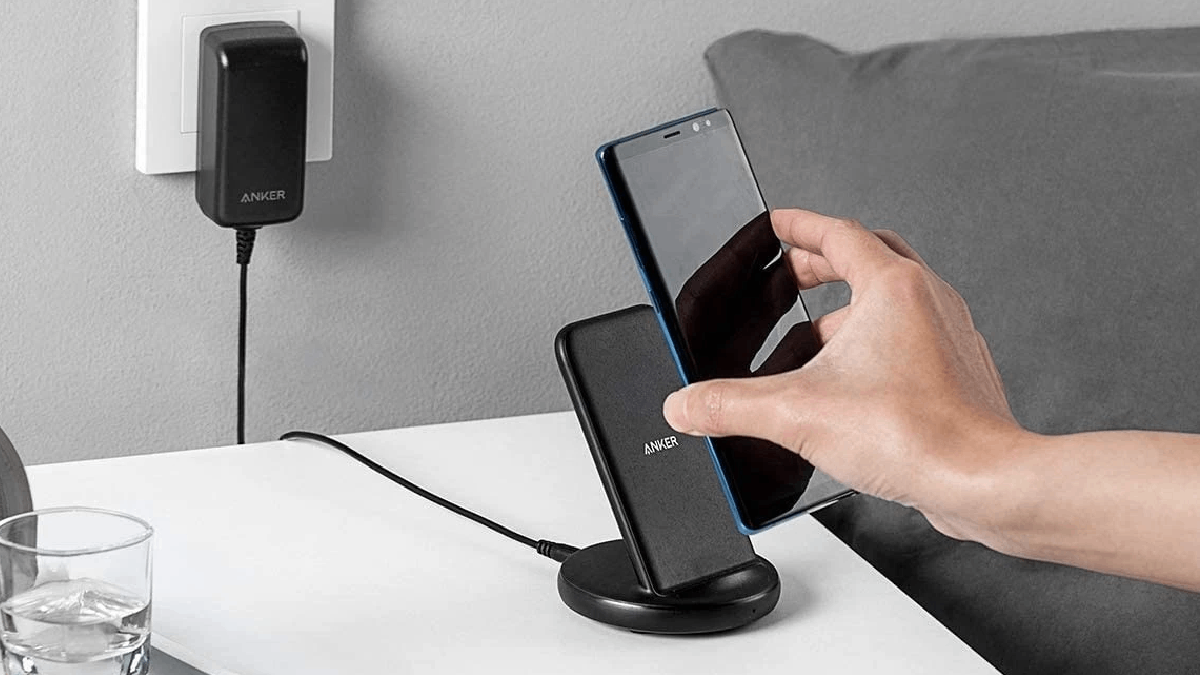Qi2 wireless charging standard official: this is what you need to know
The new Qi2 standard for wireless charging has been proposed. The main novelty is that Android phones can be magnetically attached to a Qi2 charger. This works according to the MagSafe principle that is already known to iPhone users.
Contents
Qi2 standard wireless charging
Many smartphone users swear by the convenience of wireless charging. This is usually done via a qi charger, because qi (pronounced ‘chee’) is the best-known standard for wireless chargers. The second generation was presented at the CES electronics show in Las Vegas. This was done by the Wireless Power Consortium, which is the organization that develops the standard and certifies accessories and devices.
The most important improvement is in the so-called ‘Magnetic Power Profile’. That’s an arrangement of magnets all the way around the coil that serves for wireless charging. In other words, you can magnetically attach a phone, tablet or a pair of wireless earphones to the wireless charger. This works in the same way as the MagSafe technique that Apple has been using for wireless chargers for iPhones since 2020.
Faster and safer charging
“It will pave the way for major advances in faster wireless charging in the future, but it will also enable safer and more energy-efficient charging, so that the battery life of phones is not reduced,” said Paul Struhsaker, director of the company. Wireless Power Consortium.
Related articles
Thanks to the magnets, devices with a battery are perfectly aligned above the coil, making Qi2 more energy efficient. According to the Wireless Power Consortium, some devices will also charge faster as a result.
Finally, the Wireless Power Consortium also removes some of the confusion currently prevalent among Qi product vendors and consumers. Many do not know the difference between a fully Qi-certified product and one that the manufacturer merely claims to be Qi-compatible. In this way, users can experience a bad user experience or even unsafe situations. With Qi2, the Wireless Power Consortium wants to provide more clarity about the standard.



